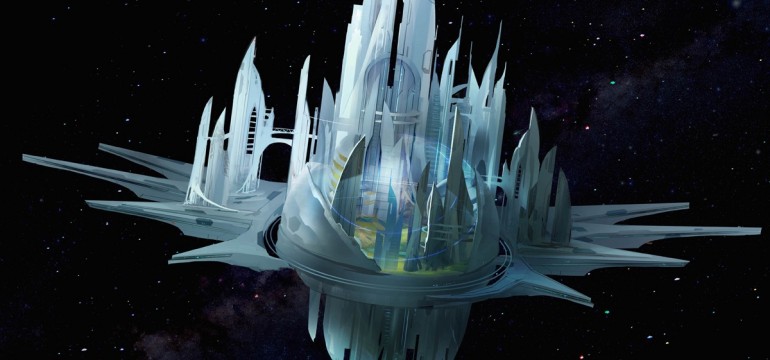Hi, my name is James and welcome to Code/Switch. Today I want to talk about Starfinder and generations. When I say generation, I don’t mean family generations but cohort generations. Generation X and the Greatest Generation are examples of cohort generations. A generation pulls together people of a time period who share similar experiences, and categorizes them for ease of reference.
The generation system were familiar with is inherently biased towards the West, but other regions also recognize generations, but based around other events familiar to them. For example South Africa doesn’t have a “Generation X”, but there’s a recognized “Born-Free Generation” composed of those born after the first post-apartheid election. The designation of a generation is difficult as no body holds the official power to announce that a generation has ended or been created, these designations are often made via cultural self-identification or cataloged by social historians after the generation has ended.
What does this have to do with Starfinder?
Starfinders setting has an initial timeline with a lot of very important dates, but judging by interactions with people there’s more knowledge of what happened then when those things happened. This can make character creation and integration disjointed. As an example; if you created an android dedicated to abolishing android slavery and instating citizenship and legal representation on Absalom Station, you’d be over one hundred and fifty years late to the enactment of those policies. It’d be like creating a character for a modern day RPG who was obsessed with unification of the German states. I’d like to rundown some important events in Starfinder history, focusing on Absalom Station, which may be used as generational points for your various species.
AG 317 – Current Year
AG 316 – Newly Elected First Seeker Jadnura sends 80% of the Starfinder Society’s’ agents and assets to the Scoured Stars, where they’re currently trapped.
AG 291 – The Swarm invades both the Pact Worlds and Veskarium, causing both governments to sign an armistice between each other to rebuke the invasion.
AG 287 – The Lashunta and Formians sign an armistice, ending a war that lasted for over a millennia.
AG 240 – The Kasatha arrive in the Pact Worlds and decide against annexing Akiton.
AG 154 – Androids are granted full Pact World Citizenship.
AG 36 – The Veskarium invades the Golarion system at Aledra on Triaxus.
AG 12 – First contact between the Golarion system and the Veskarium.
AG 7 – Eox Bone Sages assault Absalom Station
AG 3 – The Deity Triune appears and grants drift travel across the universe.
This timeline is pretty lengthy, beyond a humans natural lifespan. The Core Rulebook has the average maximum human age as 101 years, old enough to have seen the Kasatha arrive, but the liberation of Androids happened in their parents or grandparents lifetimes. Beings like Elves, Half-Elves, Halflings, Gnomes, and Dwarves have lifespans well beyond humans and Elves, Gnomes, and Dwarves have lifespans long enough to span the whole current timeline. Kasatha have the longest average lifespan of the Core races at roughly 121 years, which means any Kasatha 77 years or older came to the Pact Worlds on the Idari!
You don’t need to be a historian to enjoy a game, but just like how cohort generations can make conceptualizing our older generations easier, having a grasp of your species lifetime and associated timeline can make that characters motivations and goals clearer and easier to achieve.
Think I’m crazy? Think generations are a terrible way of categorizing people? You can find me and all the other Know Direction cast at our Discord Server.









One of my players played a young elf, born after the gap. Her parents and family experienced the end of the gap though and their lives had been torn apart which had some implications in her backstory.
The long lived races in starfinder that experienced the gap first hand are fascinating to me and would make a significant ‘generation’